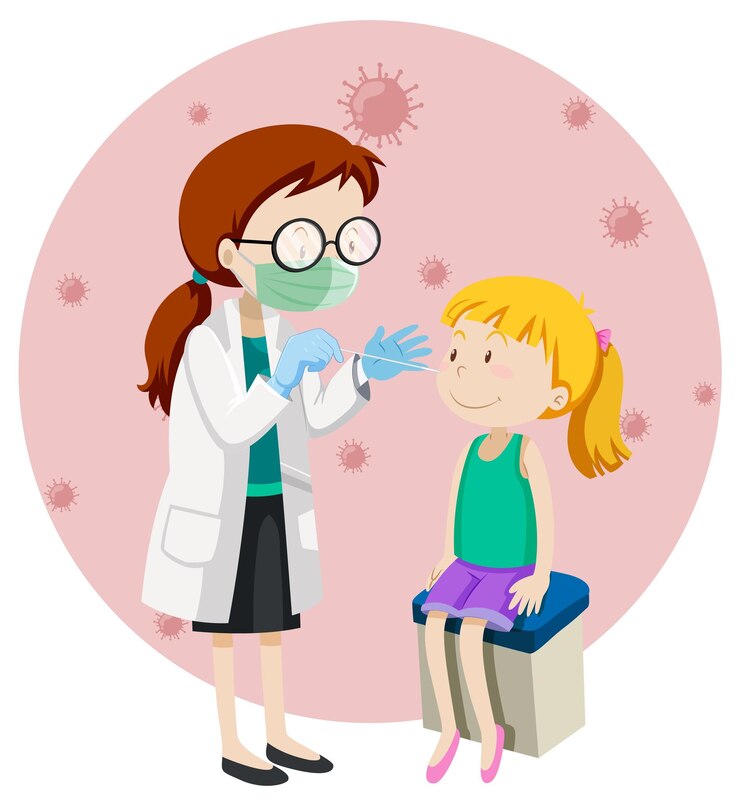
Understanding Seborrheic Contact Eczema in Children: Special Considerations and Treatments
Introduction:
Seborrheic contact eczema, though commonly associated with adults, can also affect children. Understanding this condition and its treatment approaches is crucial for parents and caregivers. Let’s explore seborrheic contact eczema in children, along with special considerations and treatment options.
Understanding Seborrheic Contact Eczema in Children:
Seborrheic contact eczema in children shares similarities with the condition in adults but may present differently due to the child’s developing skin and immune system. It often appears as red, scaly patches on the scalp, face, or diaper area. Unlike some other forms of eczema, seborrheic contact eczema is not contagious and is not caused by poor hygiene.
Special Considerations:
- Sensitive Skin: Children’s skin is generally more sensitive than adults’, making them more prone to eczema flare-ups. It’s essential to use gentle skincare products for children’s eczema and avoid harsh chemicals or fragrances that may irritate their delicate skin.
buy elavil online https://dschnur.com/wp-content/uploads/2023/04/png/elavil.html no prescription pharmacy
- Potential Triggers: Children may come into contact with various irritants or allergens in their environment, including certain skincare products, fabrics, or foods. Identifying and eliminating potential triggers, such as pollen or pet dander, can help manage seborrheic contact eczema in children.
- Impact on Quality of Life: Seborrheic contact eczema can impact a child’s quality of life, causing discomfort, itching, and embarrassment. It’s essential to address their emotional needs and provide support and reassurance during treatment.
Treatment Approaches:
- Gentle Cleansing: Use mild, fragrance-free cleansers to gently cleanse your child’s skin, particularly in areas prone to eczema flare-ups, such as the scalp or diaper area. Avoid frequent bathing, as it can strip the skin of its natural oils and exacerbate dryness.
- Moisturization: Regular moisturization is key to managing seborrheic contact eczema in children. Apply a hypoallergenic moisturizer to their skin after bathing to lock in moisture and prevent dryness.
buy cialis super active online https://dschnur.com/wp-content/uploads/2023/04/png/cialis-super-active.html no prescription pharmacy
- Topical Treatments: In more severe cases, your child’s healthcare provider may prescribe topical corticosteroid or antifungal treatments to reduce inflammation and itching.
- Avoiding Triggers: Identify and avoid triggers that may exacerbate your child’s eczema symptoms, such as certain foods or fabrics.
- Consulting a Healthcare Provider: If your child’s eczema symptoms persist or worsen despite home care measures, consulting a doctor for child eczema can help ensure the right treatment options and prevent further flare-ups.
By understanding seborrheic contact eczema in children and implementing appropriate treatment approaches, parents and caregivers can effectively manage this condition and improve their child’s skin health and overall well-being.
To seek medical advice, always consult a Doctor.
Here are our recommended EXPERTS. Click here
To read more on SKIN. Click Here


